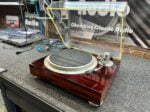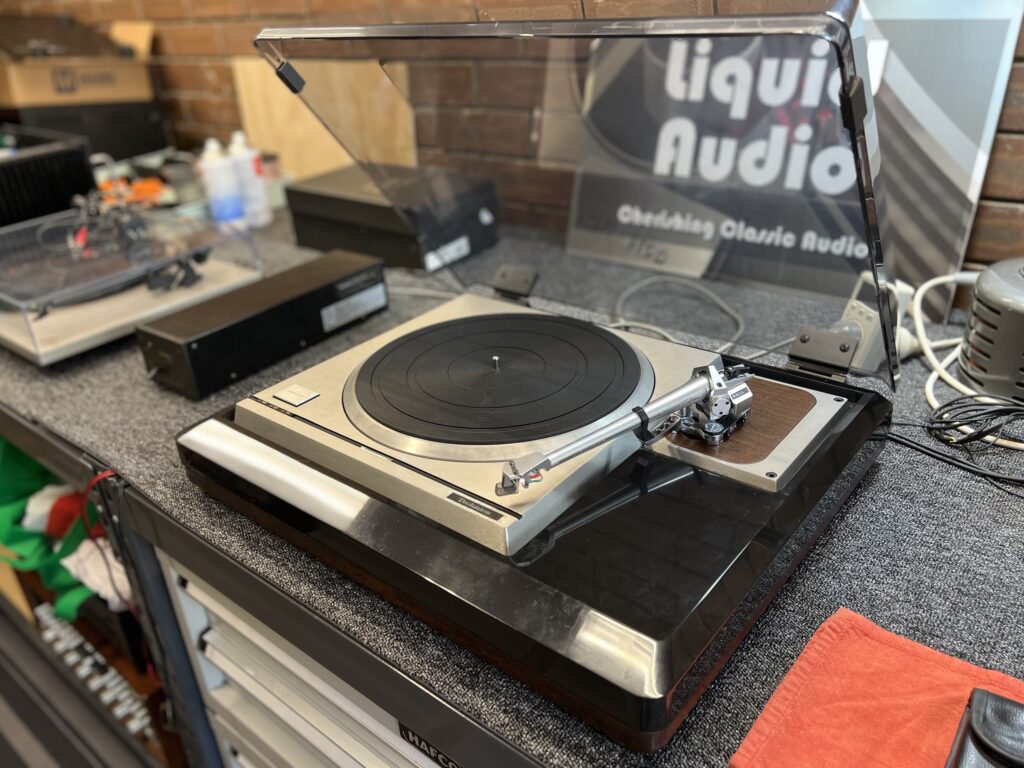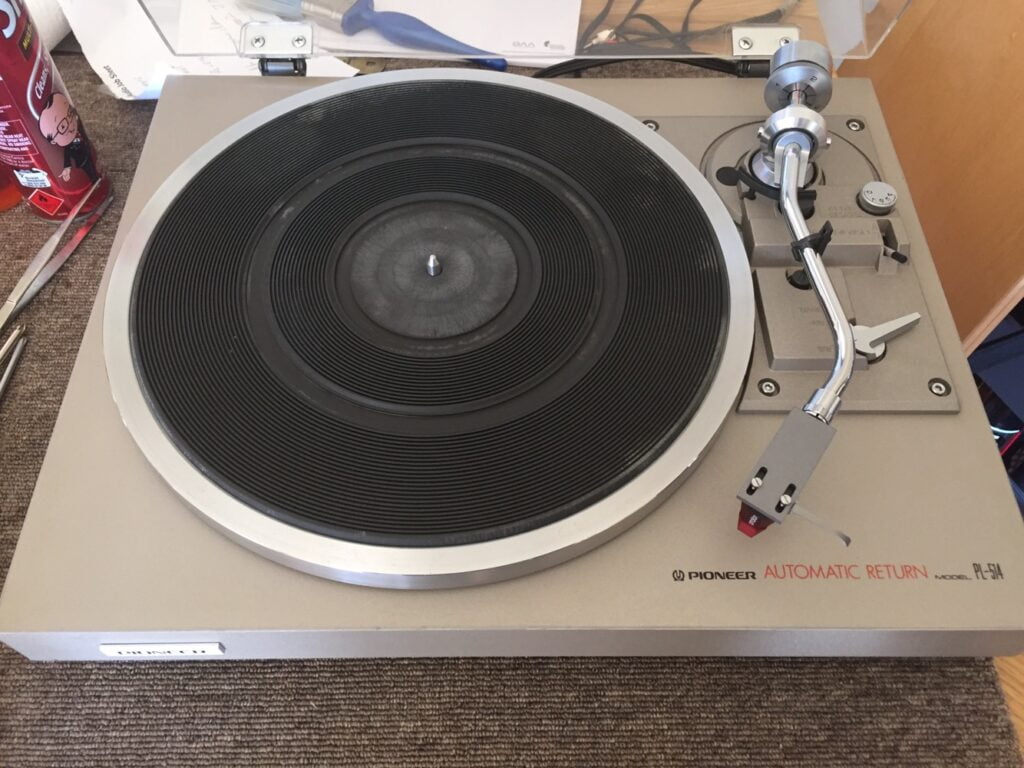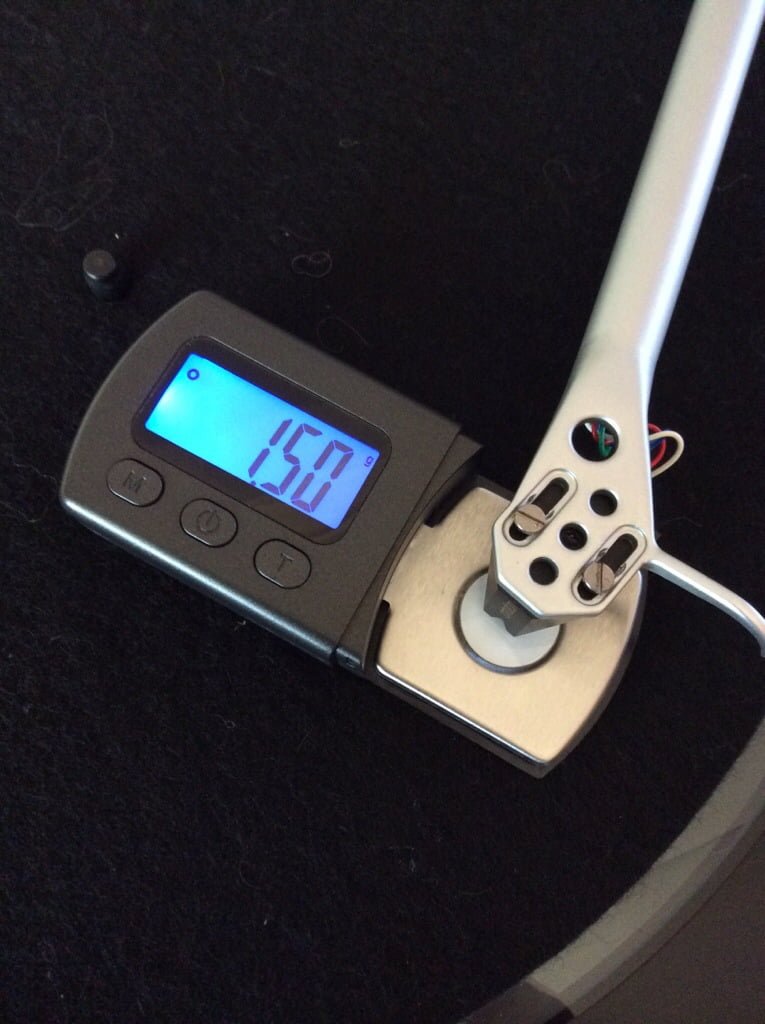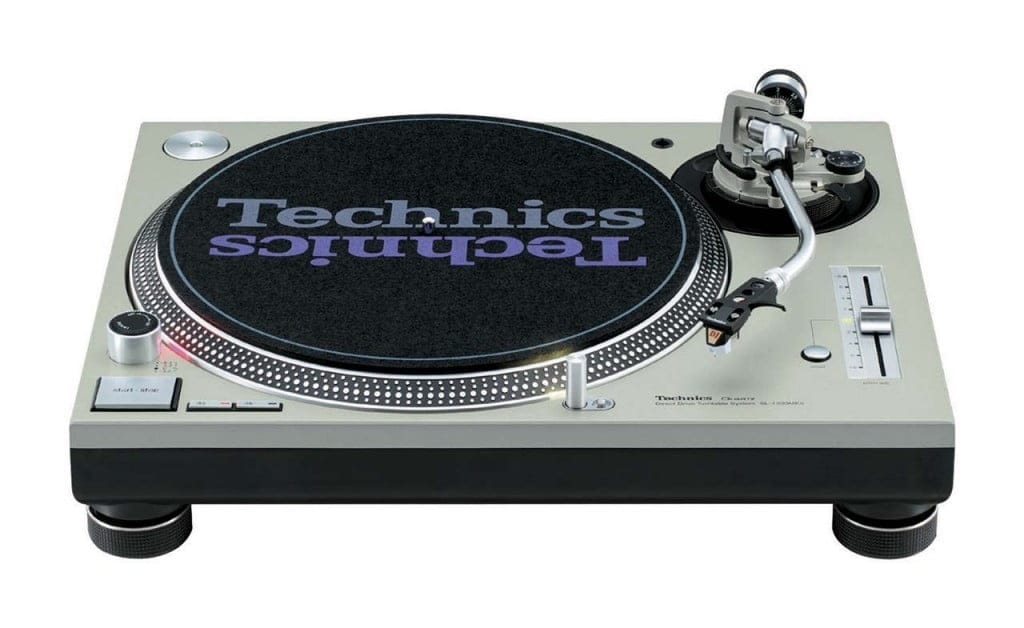People keep saying they want more so I’ll give you more! How many articles I can write in a week? Let’s see…
Three articles so far folks and 5,297 words. Welcome back, to a story about a gorgeous Pioneer PL-50L direct drive turntable resurrection for a new customer who hopefully will become another part of the Liquid Audio family. This one brings some important warnings about 100V equipment and the need for a permanent 100V solution for gear that needs 100V like this gorgeous Pioneer turntable.

Many will know that turntables are a Liquid Audio speciality and my earliest posts mention that I’m a turntable-focussed business. Things have expanded since those early days but my ‘turntables and vinyl’ article category is still my largest. I’ve not written as many turntable articles in recent years because I work on other specialised equipment and wanted to get some of those stories out, to balance things a little.
Many more vinyl-related articles are coming up, some from the vaults and some from work I’ve recently completed, so stay tuned and subscribe to ensure you don’t miss them. The video coming soon too, stay tuned!
Features
The Pioneer PL-50L was a serious mid-range offering from Pioneer and part of a series that included the Pioneer PL-70, story coming. These are direct drive decks with heavy platters and very nice factory-installed tonearms. These are rigid, non-suspension decks as found in many high-end solutions, and the entire structure of Japanese turntables like the PL-50L is one of strength and solidity. This pans out into the sound.
The Pioneer PL-50L weighs in at around 15kg, so you can think of it as Pioneer’s DP-1200, KD-650, SL-1200 or GT-750/1000. It’s right there in terms of build quality, better in some ways, and worse in others, as you will see. The lovely furniture-grade cabinet is a deep reddish-brown reminiscent of the persimmon Accuphase uses in their woodwork, and this contrasts nicely with the satin silver metalwork. On that note, there is very little plastic here either, just metal and wood, very nice.

The PL-50L features the ‘stable hanging rotor’ inverted bearing motor that Pioneer used for many years. The motor is the same one found in the Pioneer PL-L1000, a deck I’ve worked on many times and another killer record player as we called them in the good old days!
The PL-50L is a beautifully presented, fully manual turntable, my favourite type. The tonearm has oil-based damping courtesy of a little dashpot and knob on the top of the arm and this works nicely, allowing the arm to be used with a range of cartridges of varying compliance. One thing to be aware of though is that most are Japan-only versions that run on 100V and that brings us to today’s story.
Pioneer PL-50L Specifications
Adapted from and courtesy of the indispensable The Vintage Knob
| Turntable | |
| Motor : | Quartz Servo with PLL |
| Direct drive | |
| Bearing structure : | Stable Hanging Rotor (v1 ; model PXB-061 ; PL-50/L) |
| Platter : | 31cm diecast aluminium |
| Inertia moment : | 330kg / cm2 |
| Speeds : | 33 1/3 & 45rpm |
| Full speed in : | 1/3 of a rotation (33 1/3 rpm) |
| Starting torque : | 1,6kg / cm2 |
| Wow & flutter : | < 0,013% (PL-50 ; WRMS ; FG direct) |
| < 0,012% (PL-50L ; WRMS ; FG direct) | |
| < 0,023% (WRMS / JIS) | |
| Rotational accuracy : | < 0,002% |
| Drift : | 0,00008% / h |
| 0,00003% / °C | |
| S/N ratio : | > 78dB (DIN-B) |
| > 65dB (JIS) | |
| Braking : | electronic |
| Tonearm | |
| Type : | fixed on/off oil damping (PL-50) |
| fixed on/off oil damping (PL-50) | |
| variable 5-step oil-damping (PL-50L) | |
| Effective length : | 25cm |
| Overhang : | 14mm |
| Tracking error : | + 2,1° / – 1,2° |
| Tracking force : | 0…3g (1 turn = 1g) |
| Cart/headshell weight : | 4g…13g (with included headshell) |
| Included headshell : | 10,5g diecast aluminium |
| VTA adjustment : | ± 3mm |
| General | |
| Componentry : | 1 Quartz |
| 6 ICs | |
| 4 / 3 Hall (50L / 50) | |
| 4 / 3 LED (50L / 50) | |
| 4 transistors | |
| 4 diodes | |
| Power Consumption : | 8W / 13W (50 / 50L) |
| Dimensions : | 49 x 19 x 40,1cm |
| Weight : | 15kg |
| List price (1980) : | 80,000¥ (PL-50) |
| 85,000¥ (PL-50L) |
Problems & 100V…
So, what happened to bring this lovely Pioneer PL-50L to my workshop? Her owner plugged his 100V turntable into a 240V outlet and as Scotty from Star Trek would surely point out, “She’s gonna blow, Captain”. And ‘blow’ she did!

These Japanese decks are designed to run on 100V only. I’ve written about this concept in my FAQs and it’s a critically important one to understand. You absolutely can use 100V equipment here in Australia and it’s quite simple, you just have to put some safeguards in place. I recommend creating an environment where cables are marked, certain plug types are used and equipment is arranged in such a way as to prevent it from being plugged into a 240V outlet.
As many will know, most equipment contains fuses. Fuses prevent damage from overloads by opening when a certain current threshold is exceeded. In terms of water, think of a fuse as being like a pressure relief valve that opens permanently when a given pressure is exceeded, to prevent pipes from bursting. Fuses are found in mechanical, fluid and electronic systems and they are really important.
Fuses can sometimes offer enough protection to save critical downstream circuit board components from incorrect line voltage incidents like this one, but not here. Pioneer’s no doubt excellent engineers designed the PL-50L to have a fuse, doing their due diligence on this key design element, but there is a problem:
Pioneer’s less diligent bean counters must have decided that a fuse was an extra cost item they could do without because the Pioneer PL-50L has a perfectly silk-screened place for a fuse, but NO FUSE! The fuse has been omitted and bypassed from the factory. Naughty Pioneer. VERY Silly bean counters!
You rarely see equipment without a fuse but some quite expensive Chinese equipment like the Denafrips Pontus 2 I pulled apart recently also lacked one, with predictable consequences.
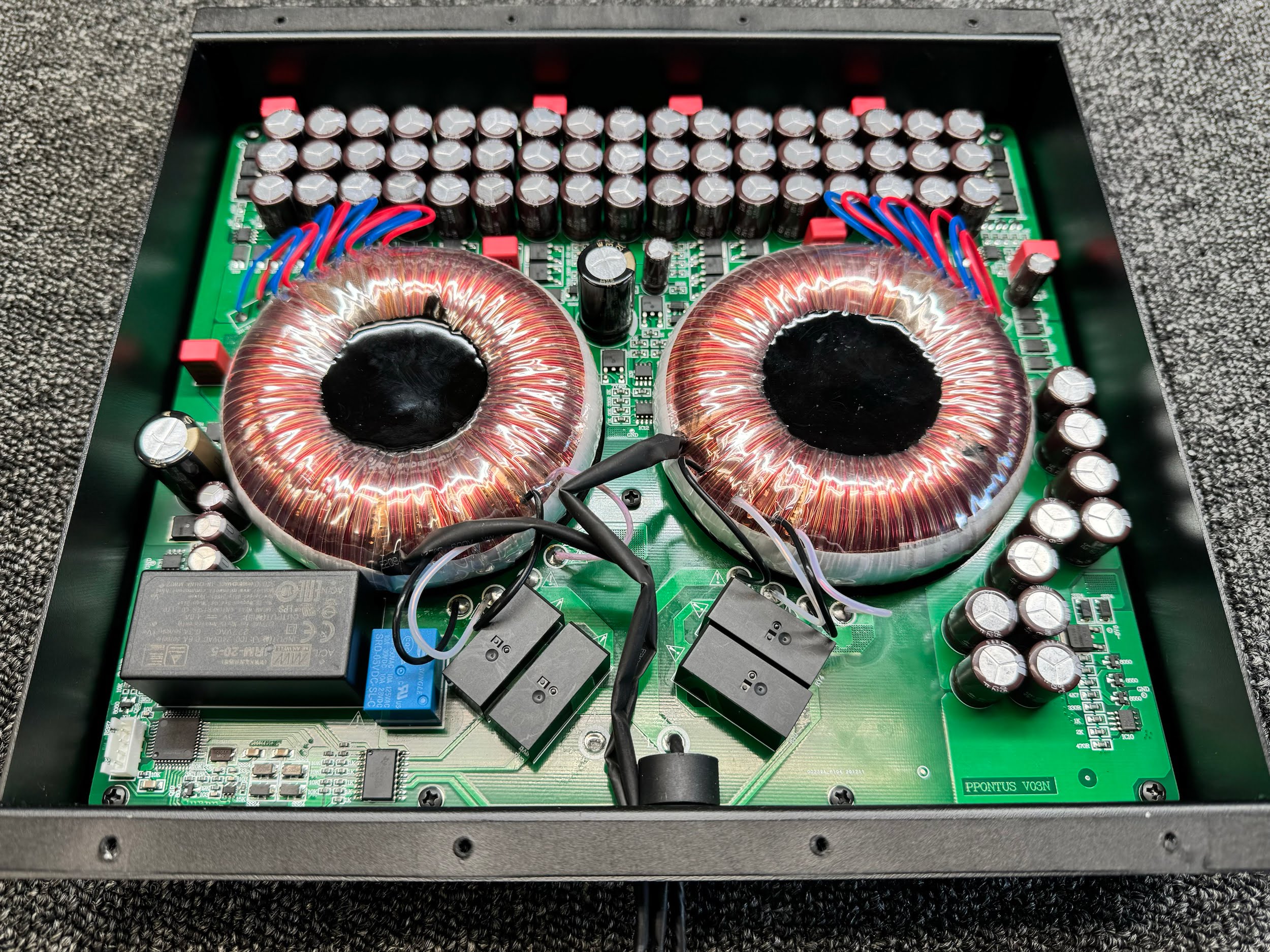
Depending on the equipment this can be catastrophic, mildly annoying or nothing other than a replacement fuse. I’d put this one in the mildly annoying group. Having no fuse in this case means that components are subject to around 2.5x the voltage they were rated to see, for as long as it takes for the increased current flow to vaporise something.
By the way, the owner knows she is a 100V machine and always kept her plugged into his 100V step-down transformer. For some reason, he accidentally plugged her into a 240V outlet, despite the Japanese mains plug, and the result was one completely dead PL-50L.
Repair
This rather tricky diagnosis and repair meant the PL-50L could be serviced and set up properly. It also allowed me to make some recommendations about the 100V thing and how to get more out of his lovely record player. Note the specific details of my repair will not be discussed here, my goal is not to assist my competitors, but to enlighten and entertain readers!
As always, we start with the foundations like fuses (LOL), and power supply voltages and work forward from there. A visual inspection is the first part of that process. Once complete, I locate and test suspicious components based on tracing the circuit. I must find all the failed components, determine precisely what parts they are and then determine the best possible replacements. This usually involves a combination of parts I have in stock and others currently available.
That proved tricky for one of the parts needed. There is no service data or schematic that I was able to find, so I had to do some digging and some creative/technical repairing, including chatting with a colleague of mine who verified my thoughts on the part in question. Thankfully, none of the critical control circuitry was damaged, likely because other power supply components opened up so quickly.
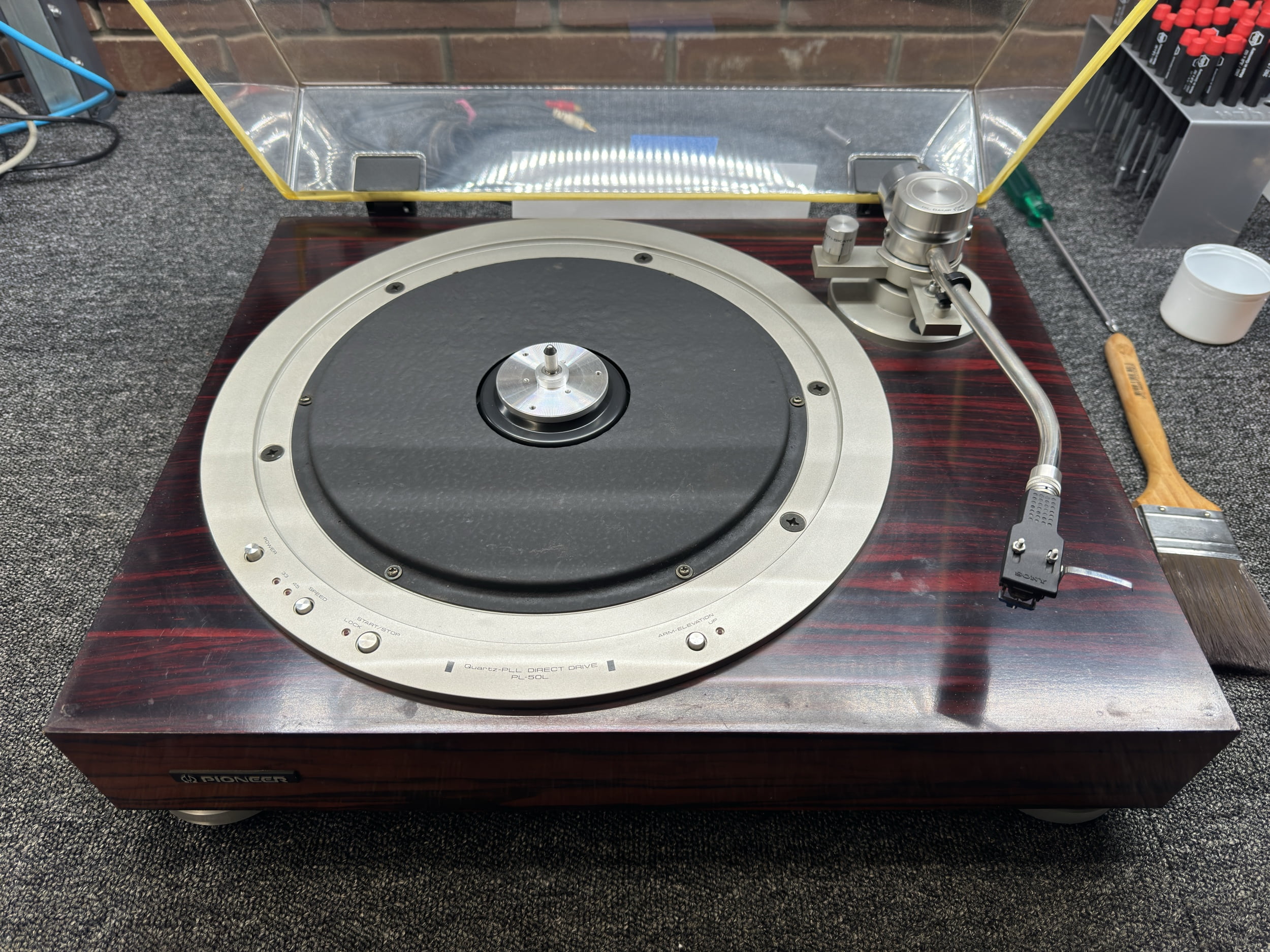
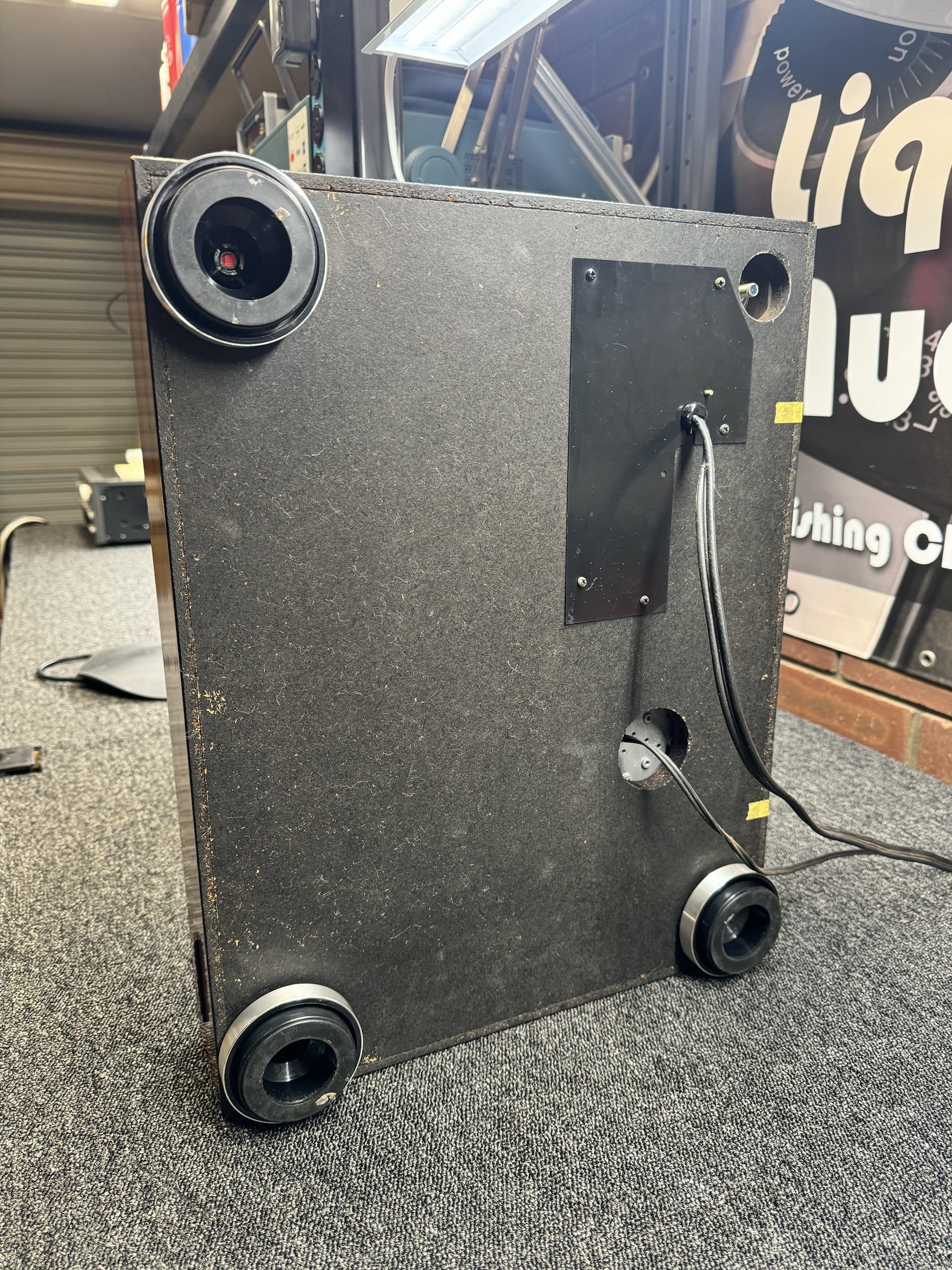
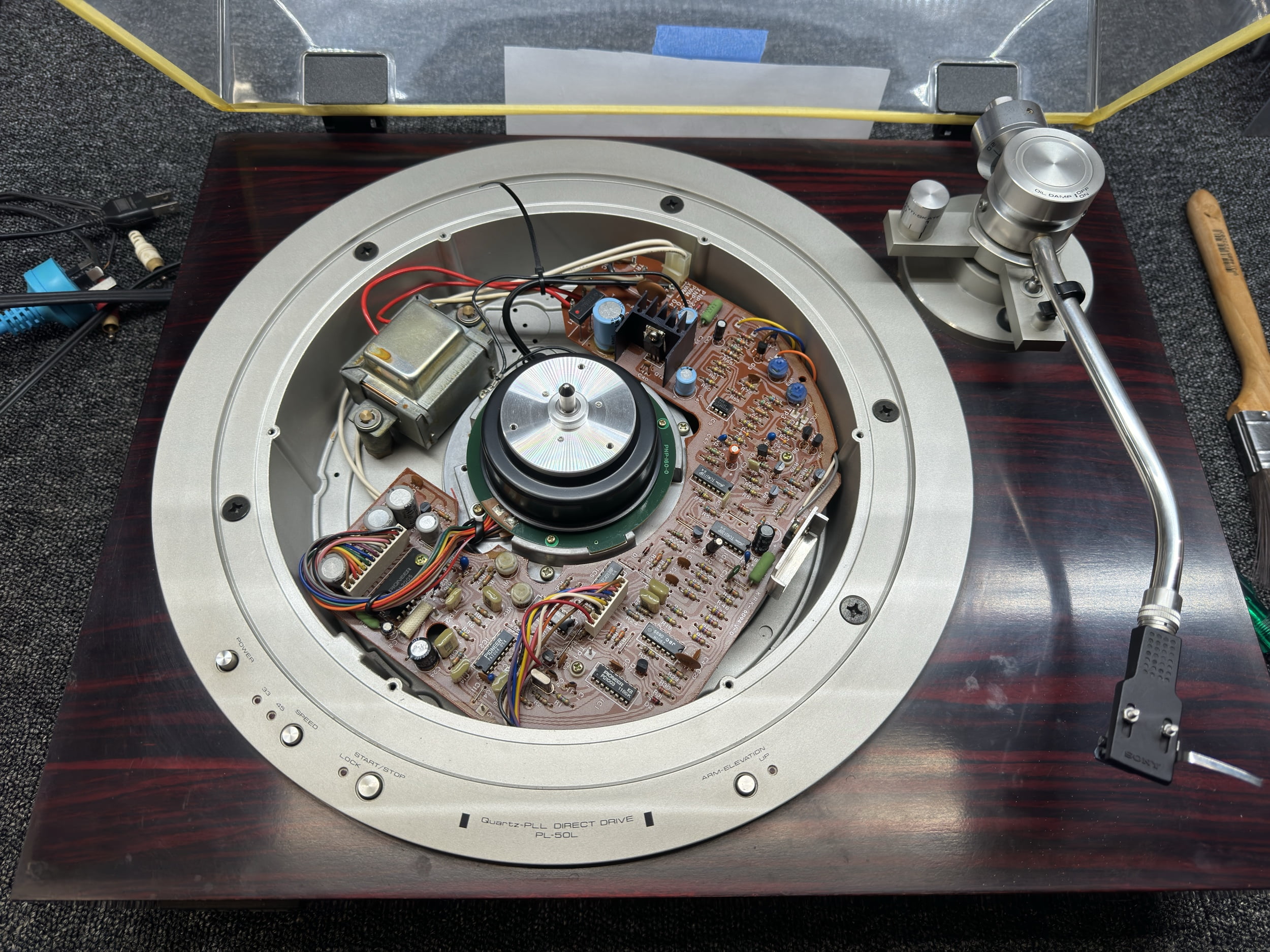
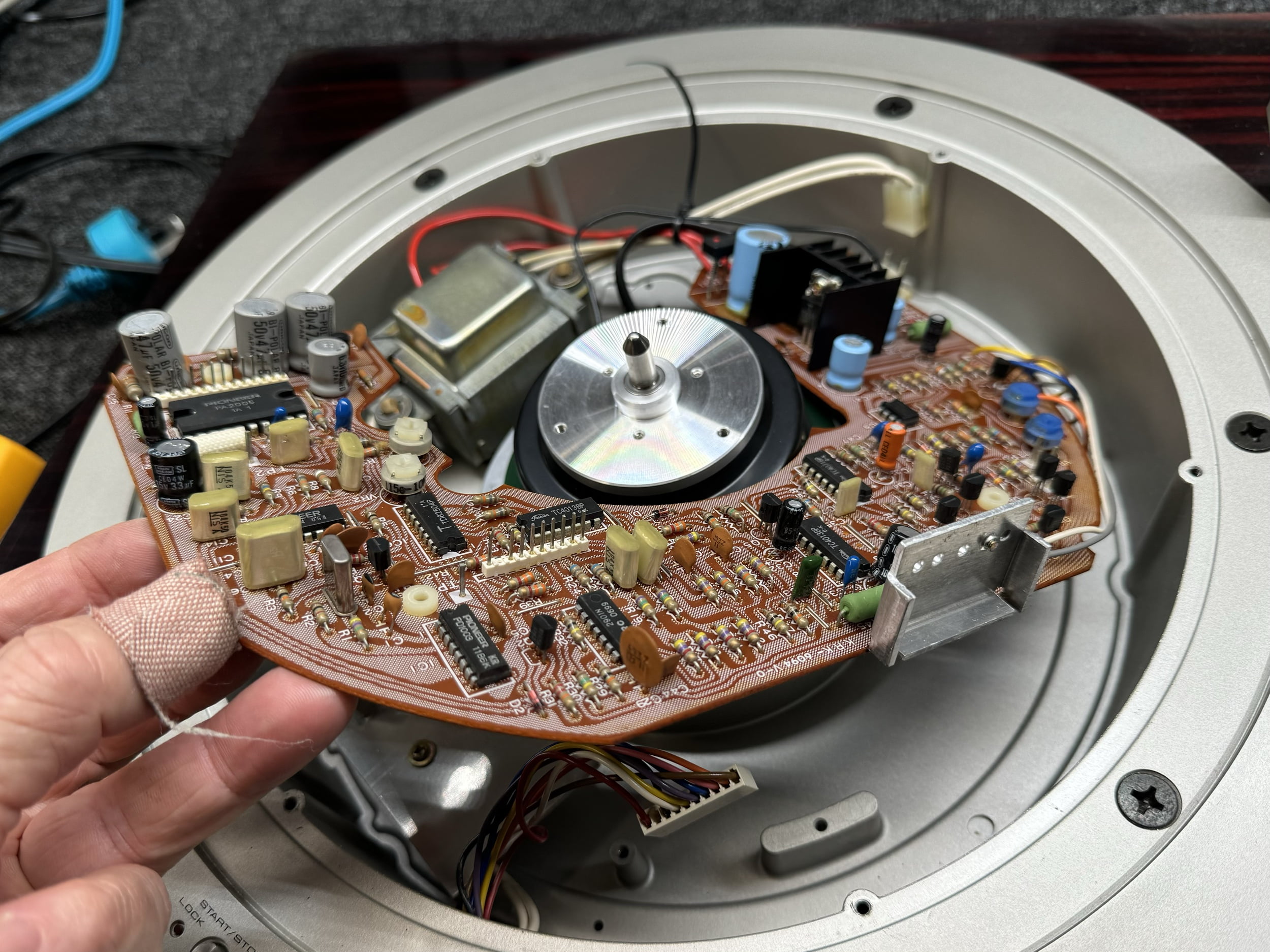


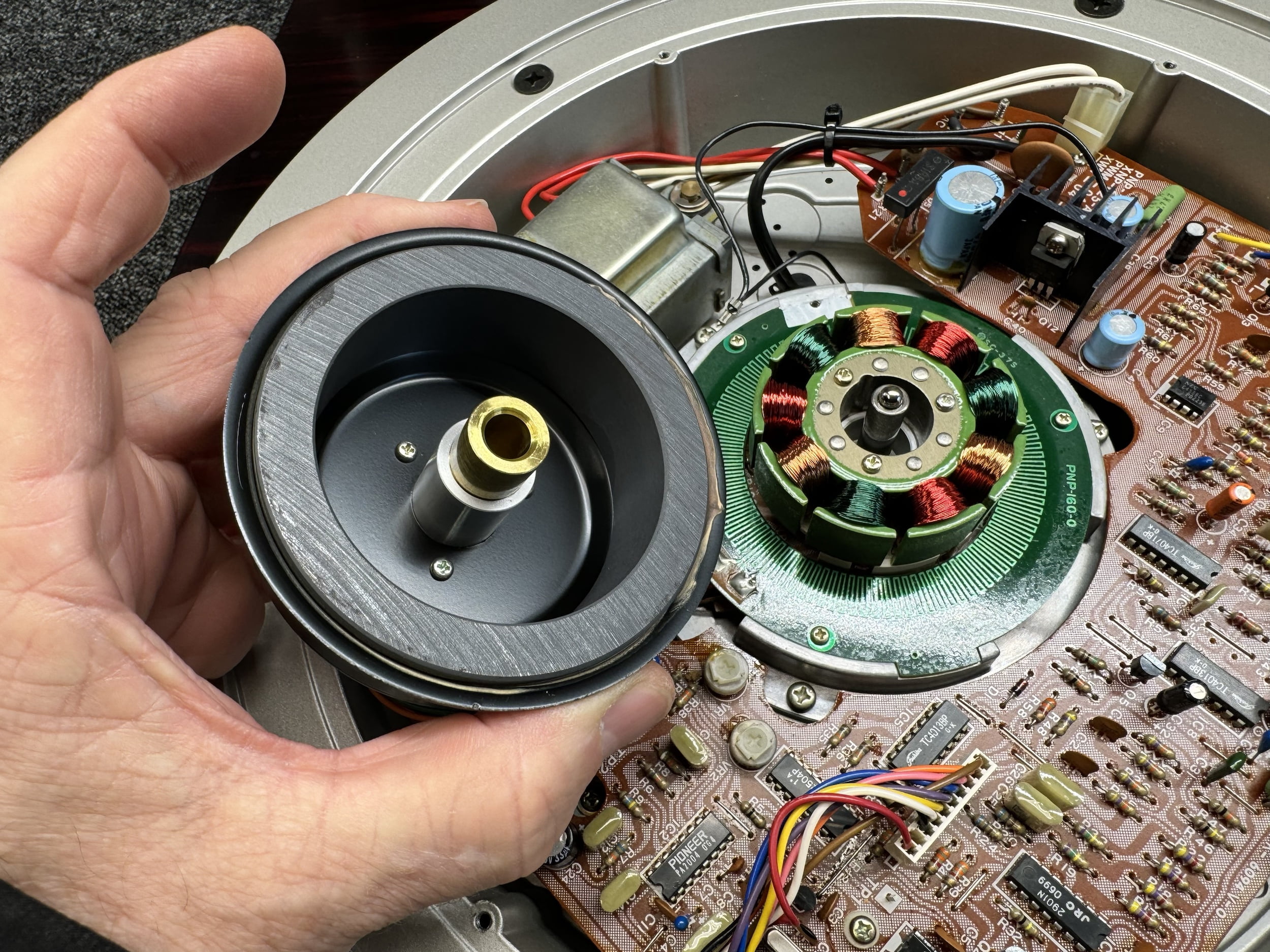
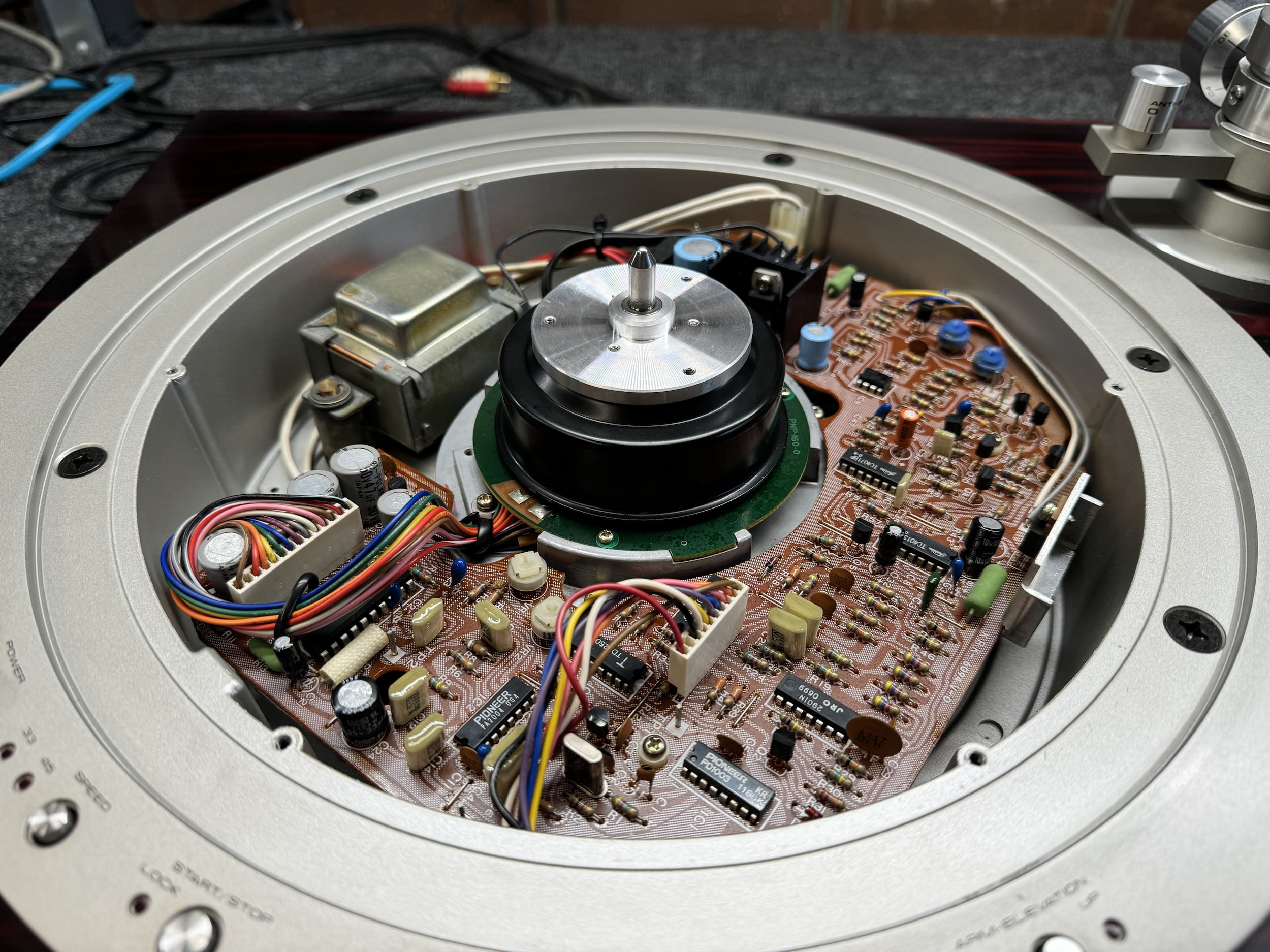
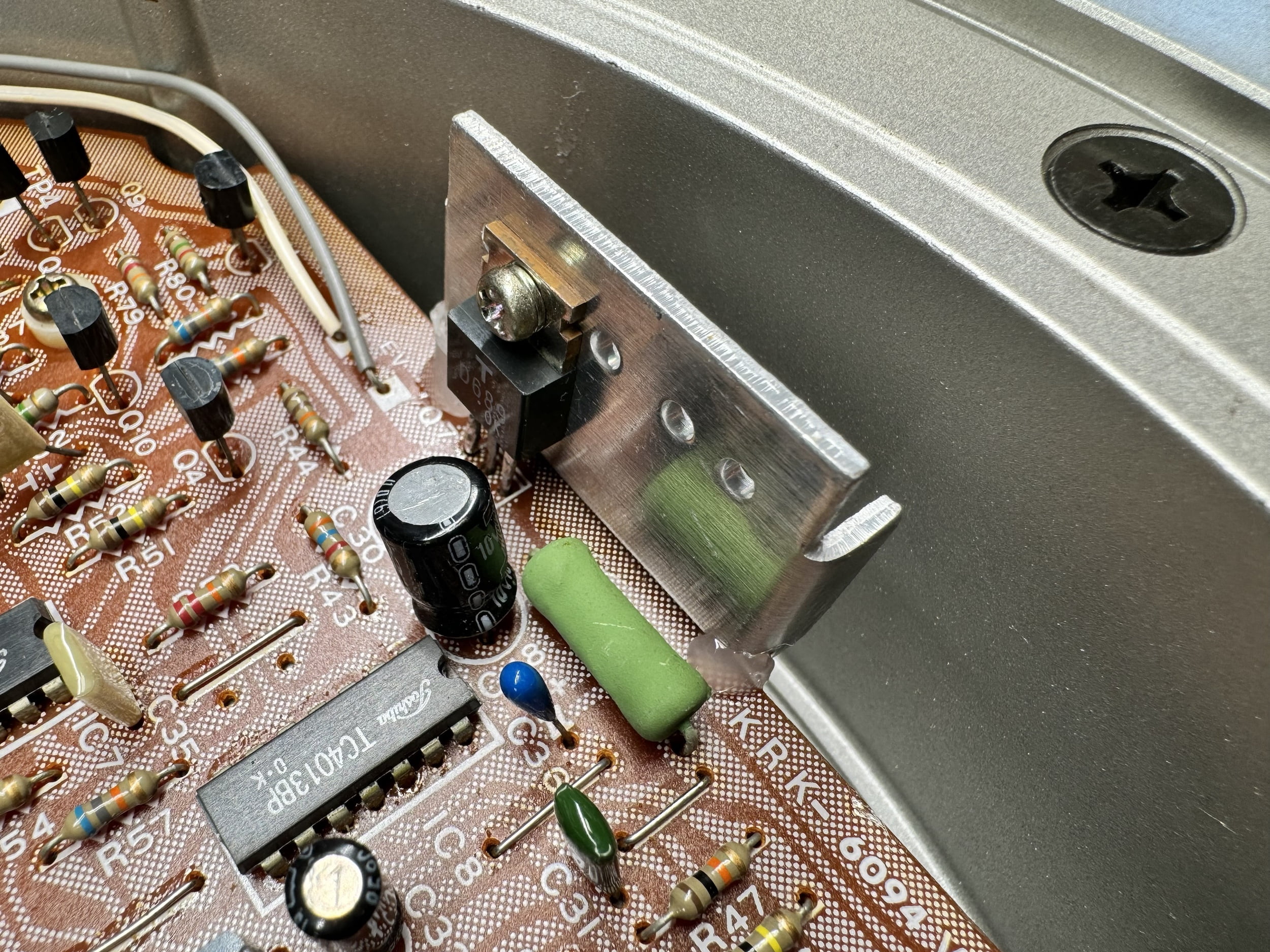

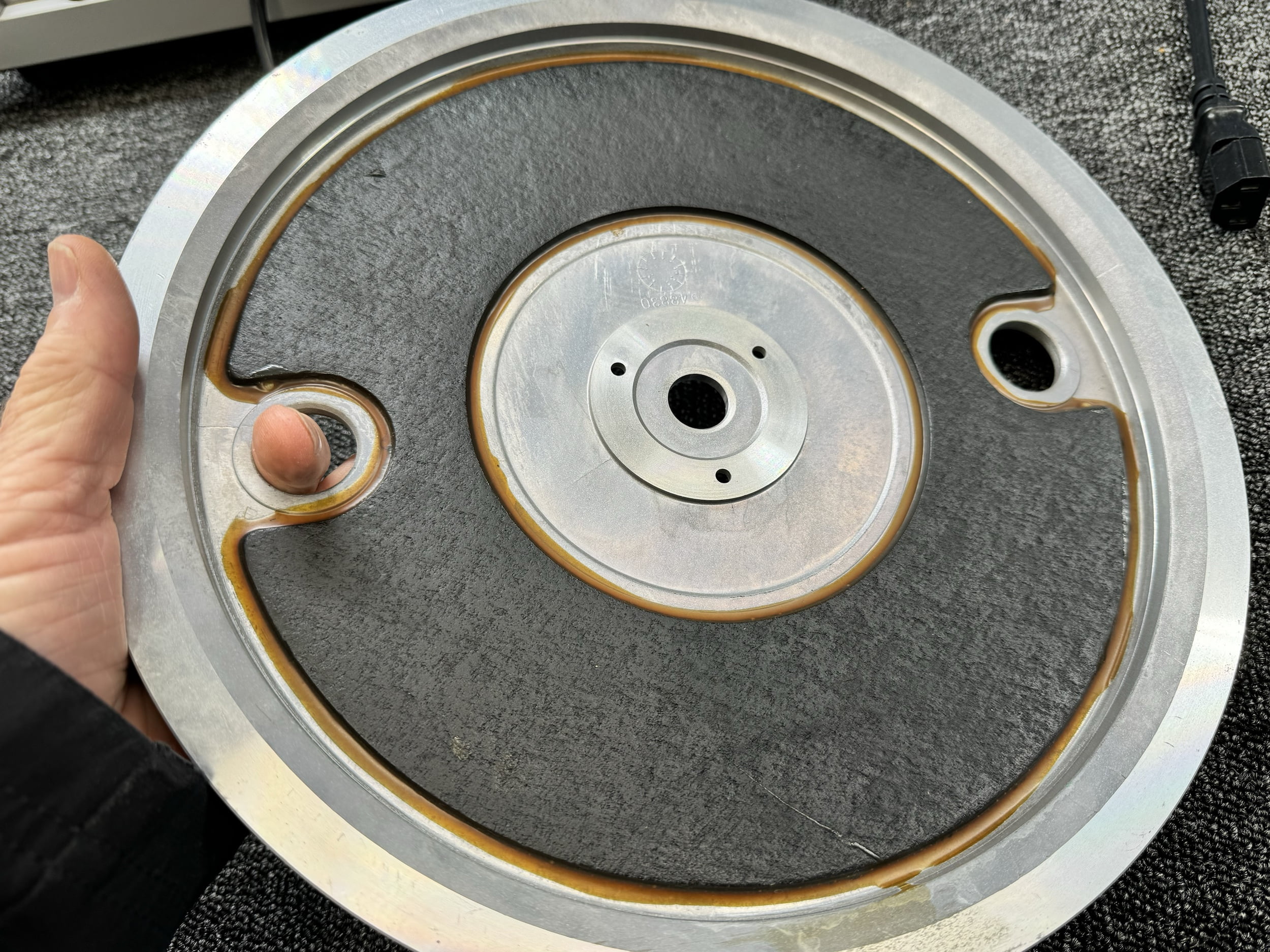
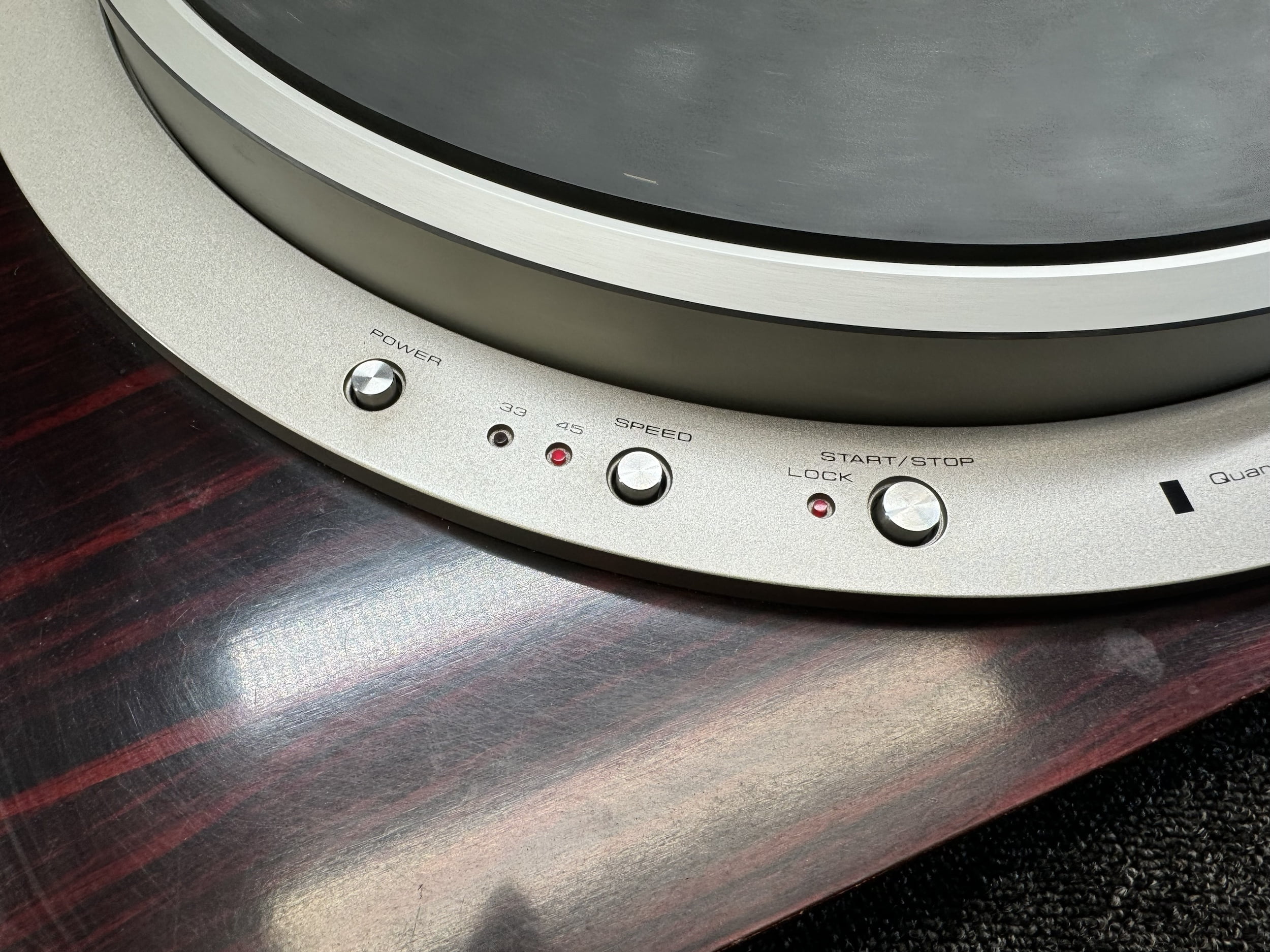

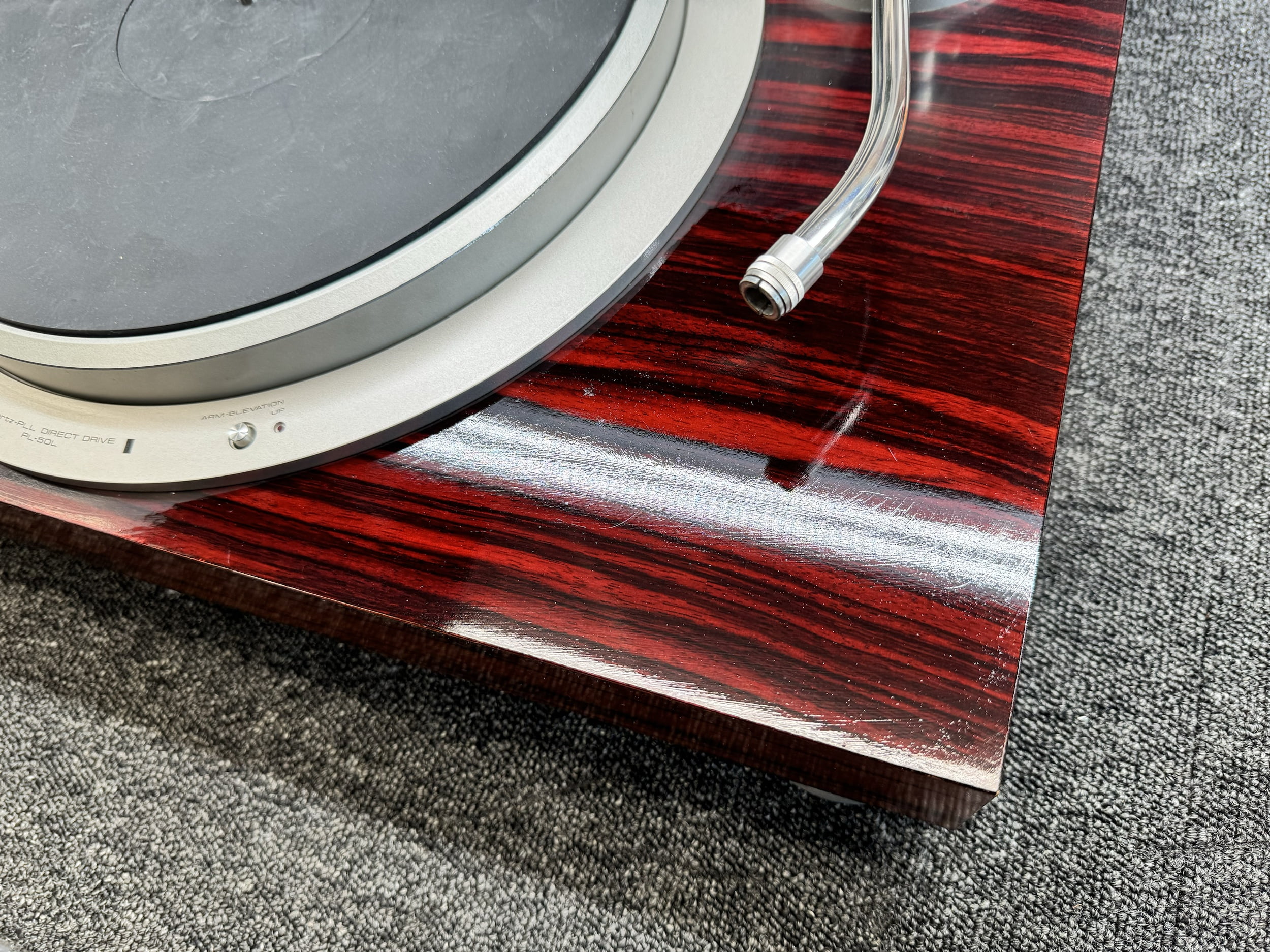
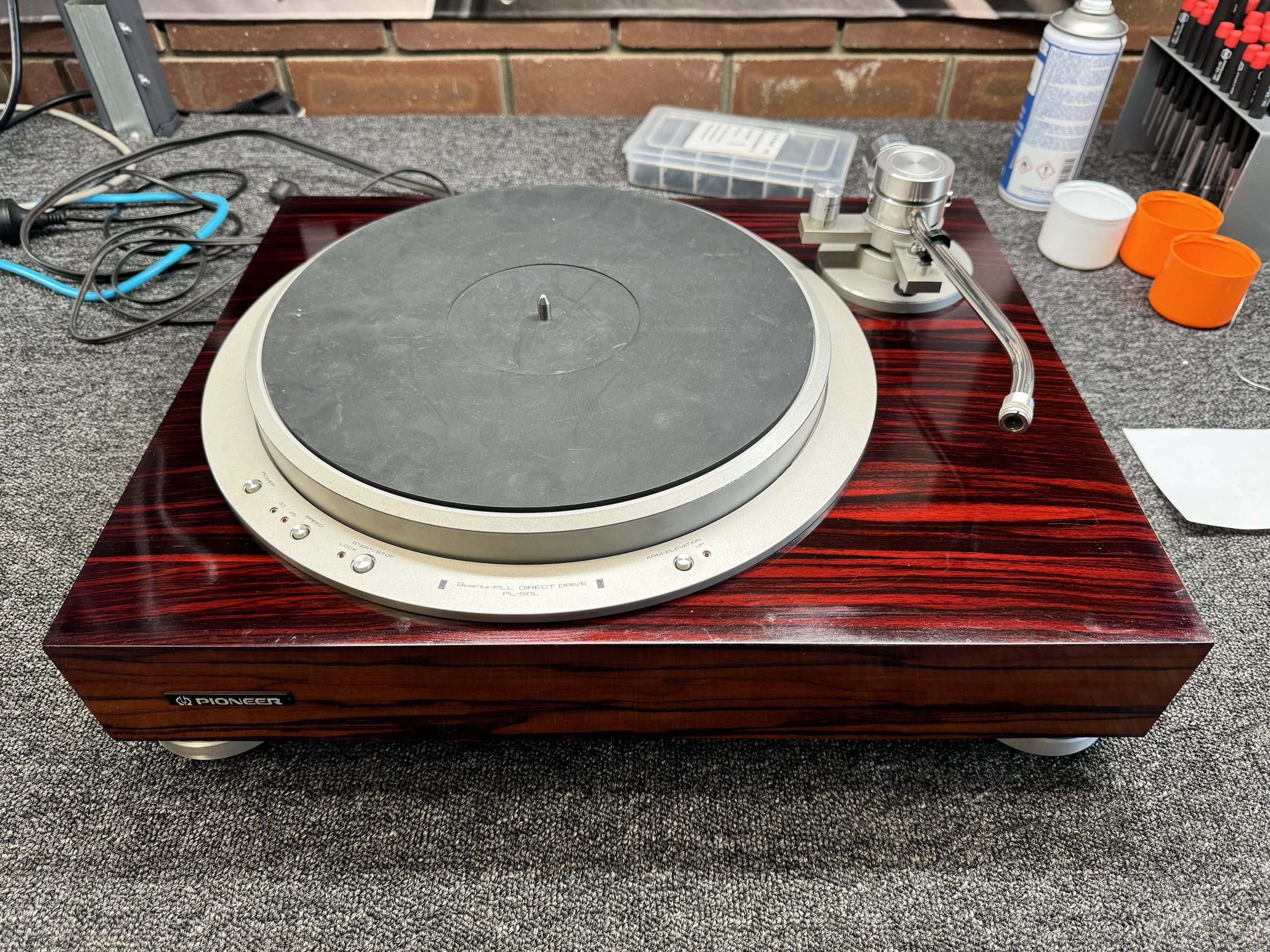
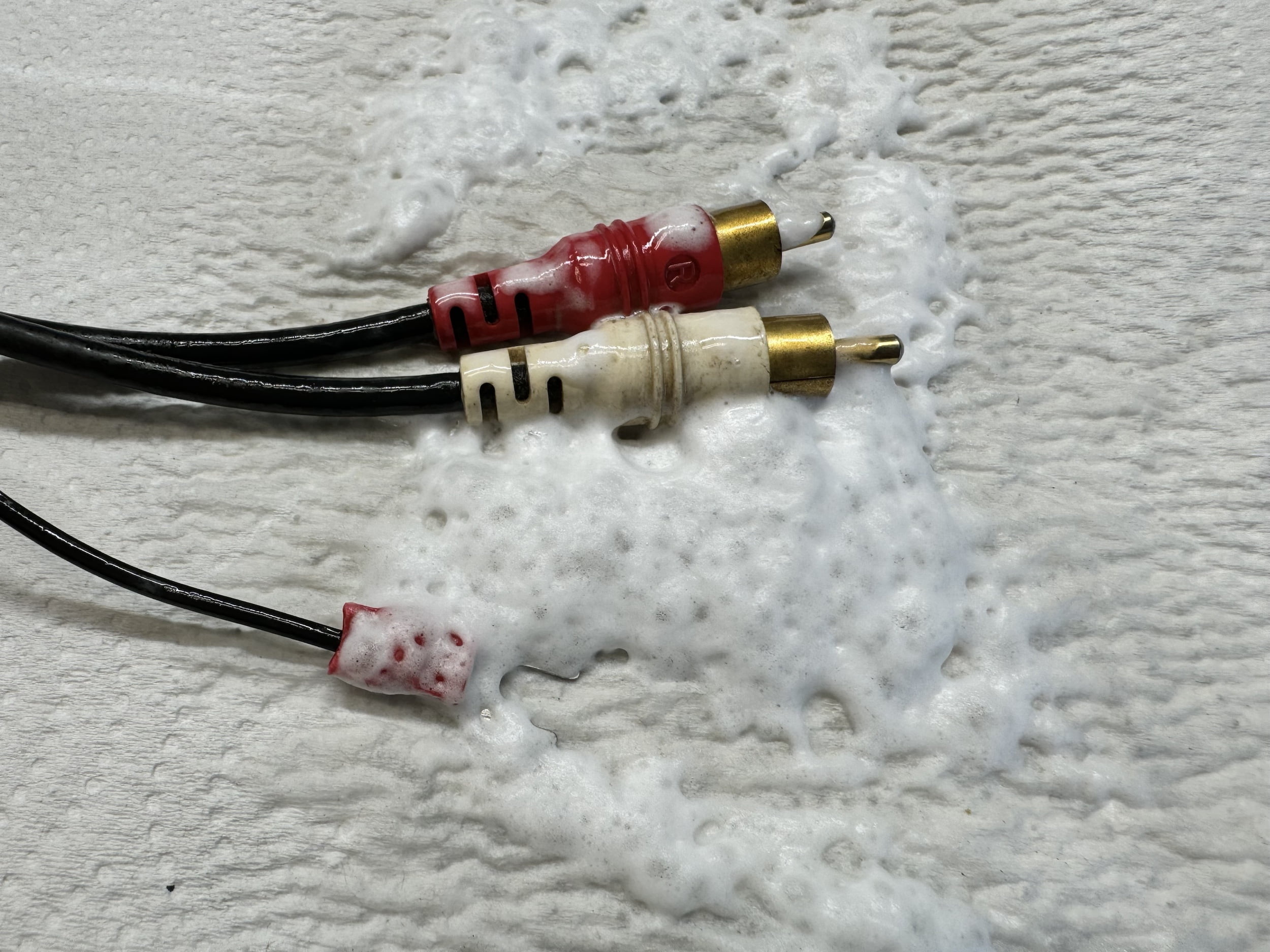
Results & Bottom Line
Good news, this lovely Pioneer PL-50L runs perfectly once again, much to the joy of her owner. He literally could not believe the good news when I rang him about it. He thought the deck would be dead for good after he realised there was no fuse before reaching out to me. I’m sure many have been junked for precisely the same reason this deck came to me.
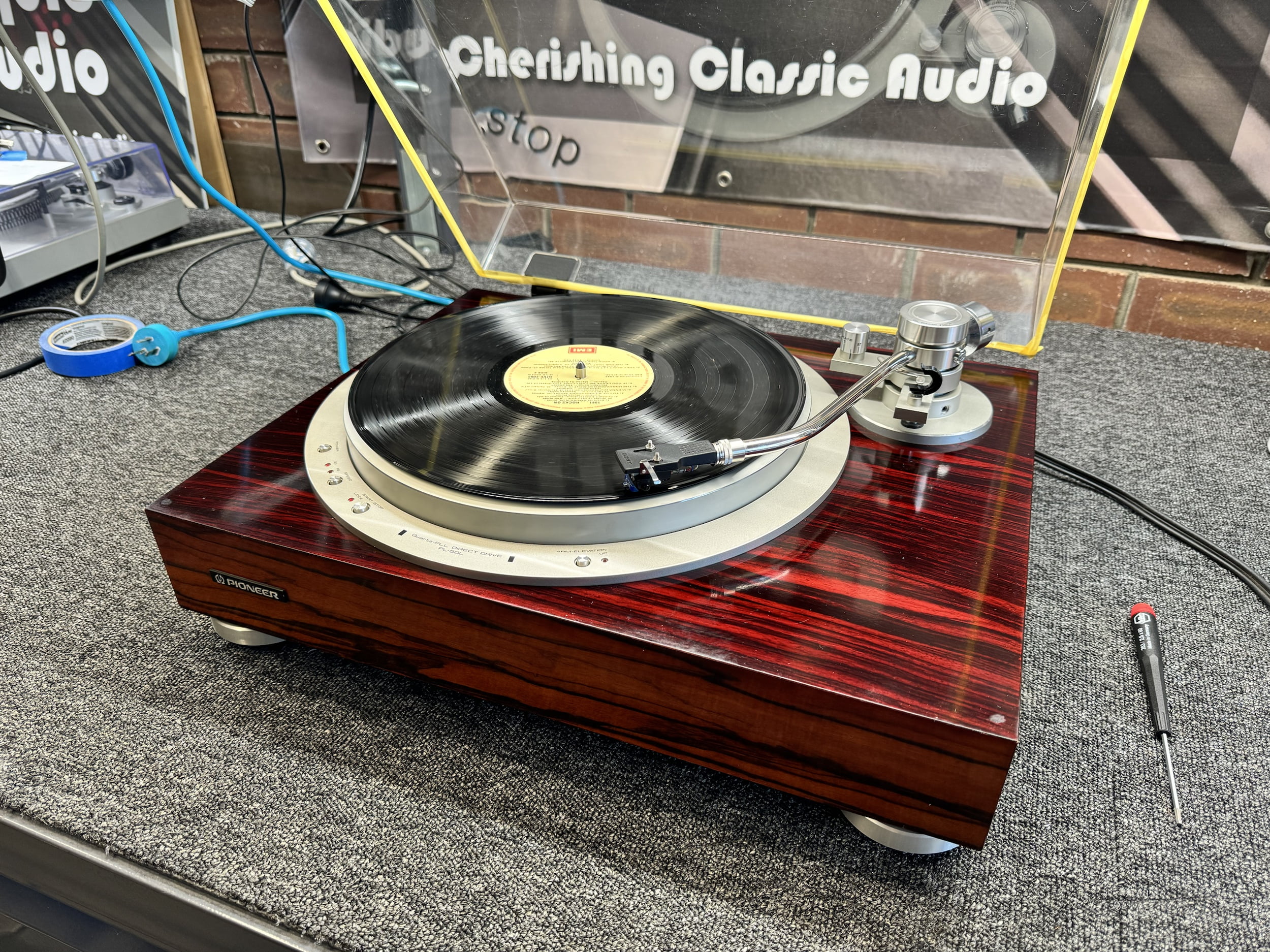
After setting up this customer’s cartridge and adjusting the overhang, azimuth, tracking force, anti-skate and VTA, the 50L sounded good too. These machines can sound fantastic, but as mentioned, the cartridge and headshell fitted limit this lovely old girl. I’m sure the owner won’t mind me saying this because he and I chatted for some time about it and it’s a good learning point for readers who wish to know more on the topic.
I listen to a lot of turntables and cartridges, something I hope you’d expect of a business like mine. I’m spoiled in a sense but it’s an important part of my work. Customers expect me to know what I’m talking about and it makes sense that I be a good sounding board for them.
I can’t know about and be able to discuss the best belt and direct drive turntables for example without owning one of each. Likewise, the best cartridges and tonearms, amplifiers, etc. My customers want constructive feedback about their setups and factual information, rather than be bogged down in the quagmire of often rather misguided opinions.
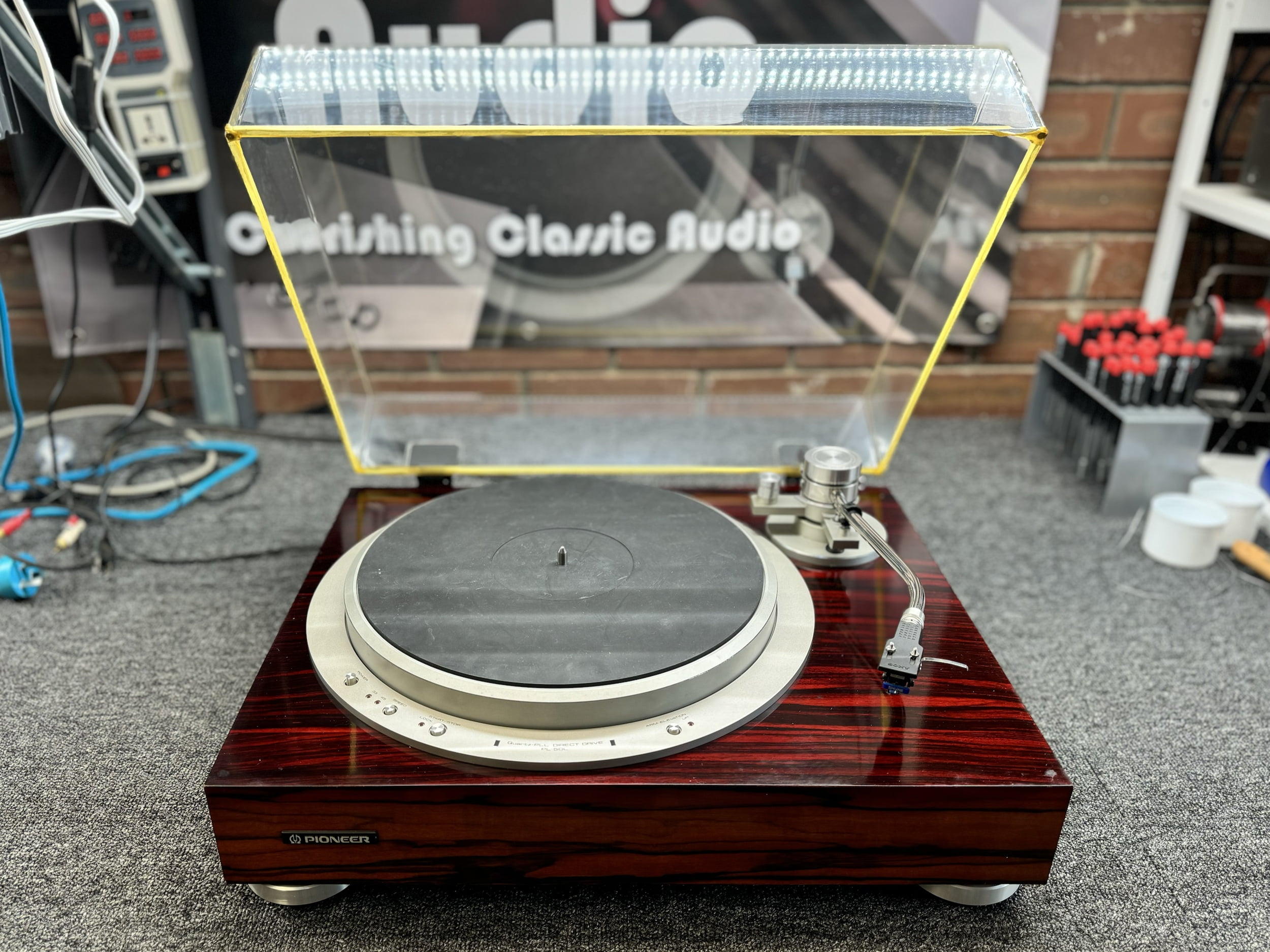
A properly set-up Pioneer PL-50L with a nice MM or MC cart feeding an excellent phono preamp is a fabulous golden-age turntable. These machines are easily on par with similar vintage classics like the Denon DP-62L, Denon DP-1200, Technics SL-1200, Technics SL-120, Marantz 6300 and Kenwood KD-550, all of which I’ve written about, click on the links for more.
All these decks crush and then dance on cheap new turntables because they can all be had for less than the current entry point decent Japanese deck, the Technics SL-1200GR, available from my friend Dan at Addicted to Audio if you want one. Personally, as good as the new SL-1200GR is for the money, I’d rather have the Pioneer, especially if you can get it for a grand less, and you can.

You might spend $1000 – $2000 on a nice example of a PL-50L and that would be a very sensible purchase, likely one of the best 1 – 2K turntable purchases most could make in my opinion. A deck like this gives you a real slice of vintage golden-age hi-fi and Japanese build quality. It can grow with you on your vinyl journey because the deck is of a quality that allows you to fit a nice cartridge and hear the extra resolution and tonal qualities such improvements bring. Just don’t plug it into a 240V outlet!

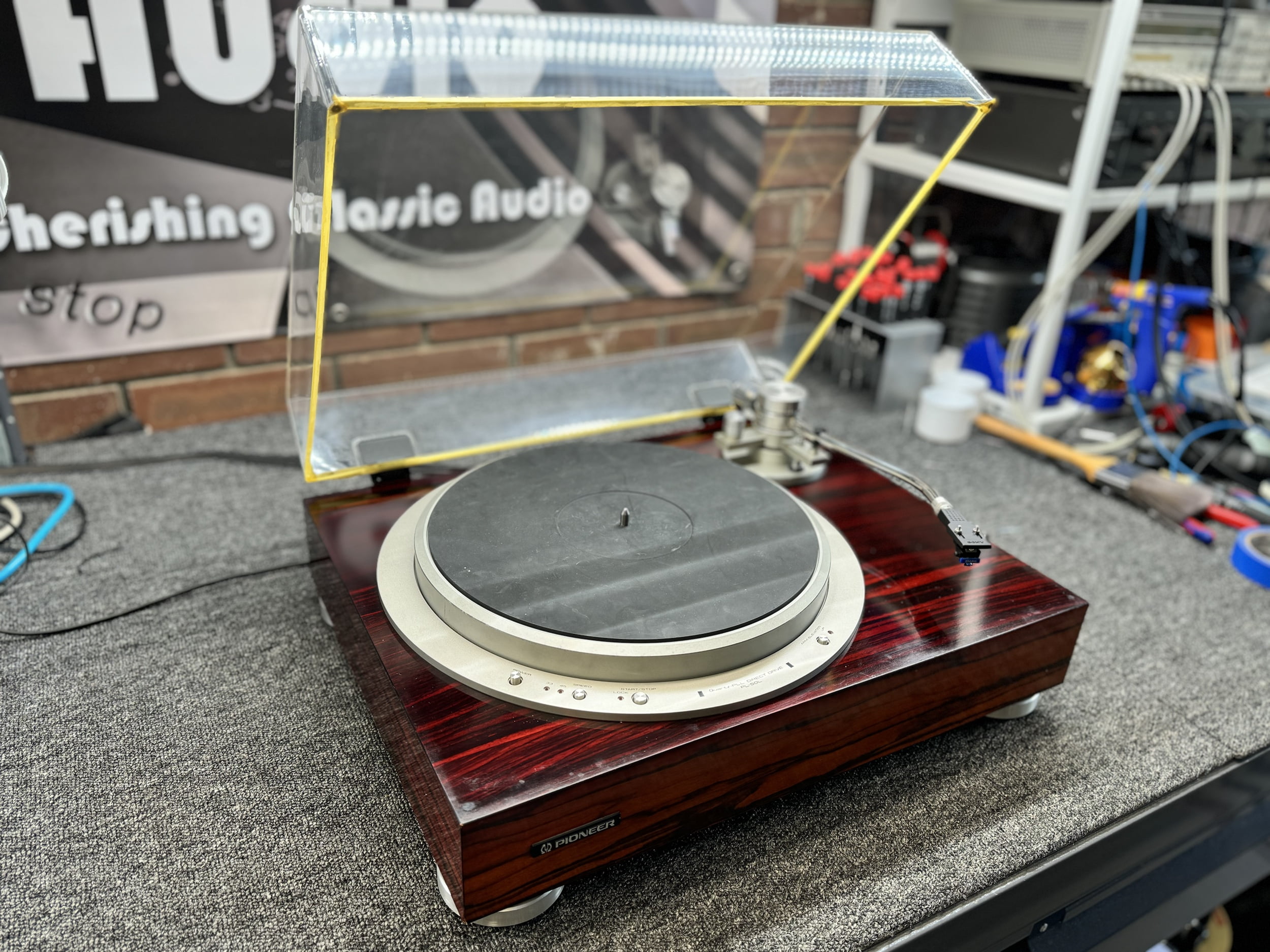
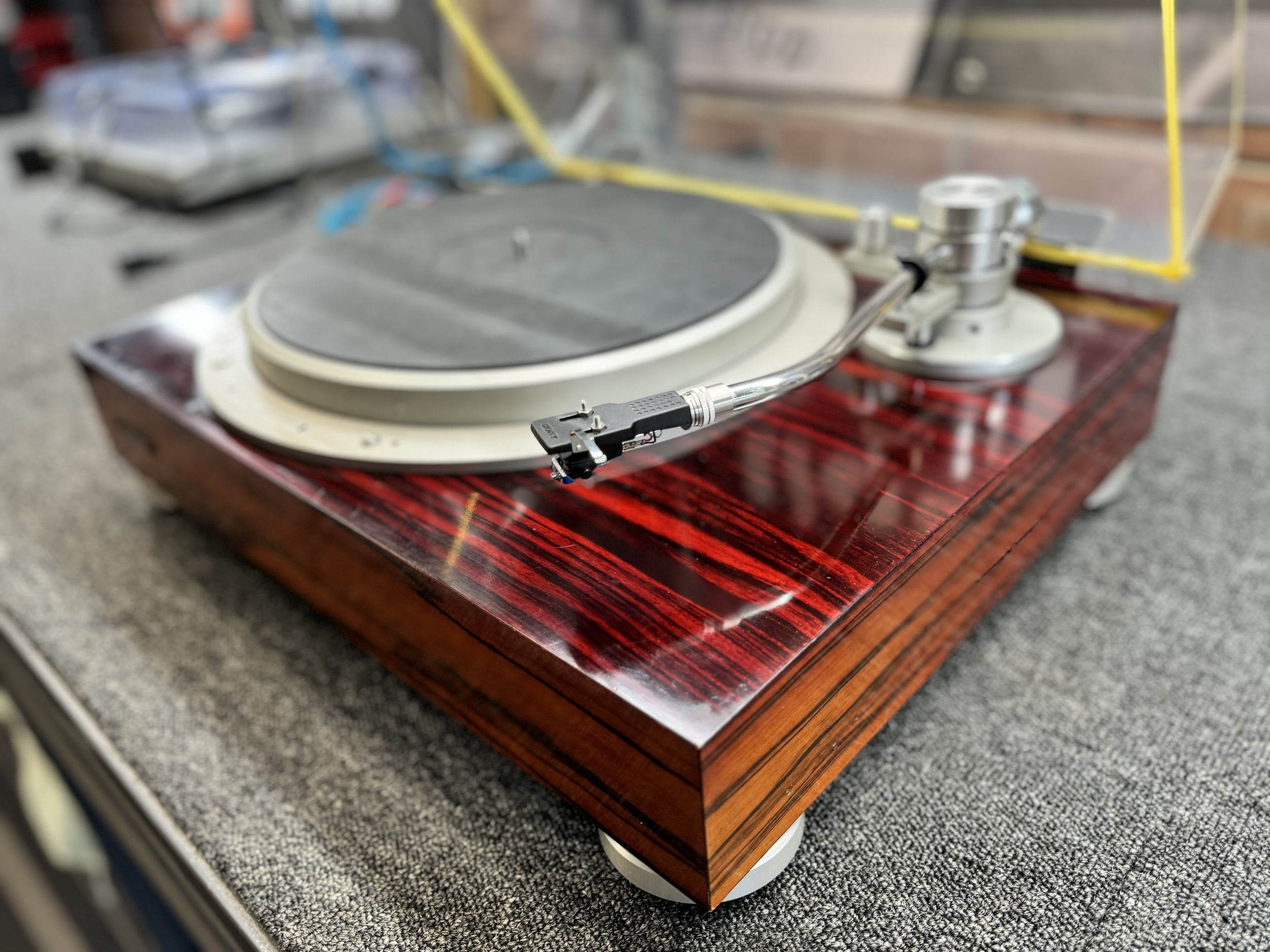
As always folks, thank you for visiting, please like subscribe and tell your friends! If you’d like me to take care of your classic Pioneer PL-50L, PL-70L or any other classic Japanese turntable for that matter, don’t hesitate to let me know.
Until next time, keep playing those records.
See you again very soon..!
Discover more from LiQUiD AUDiO
Subscribe to get the latest posts sent to your email.


